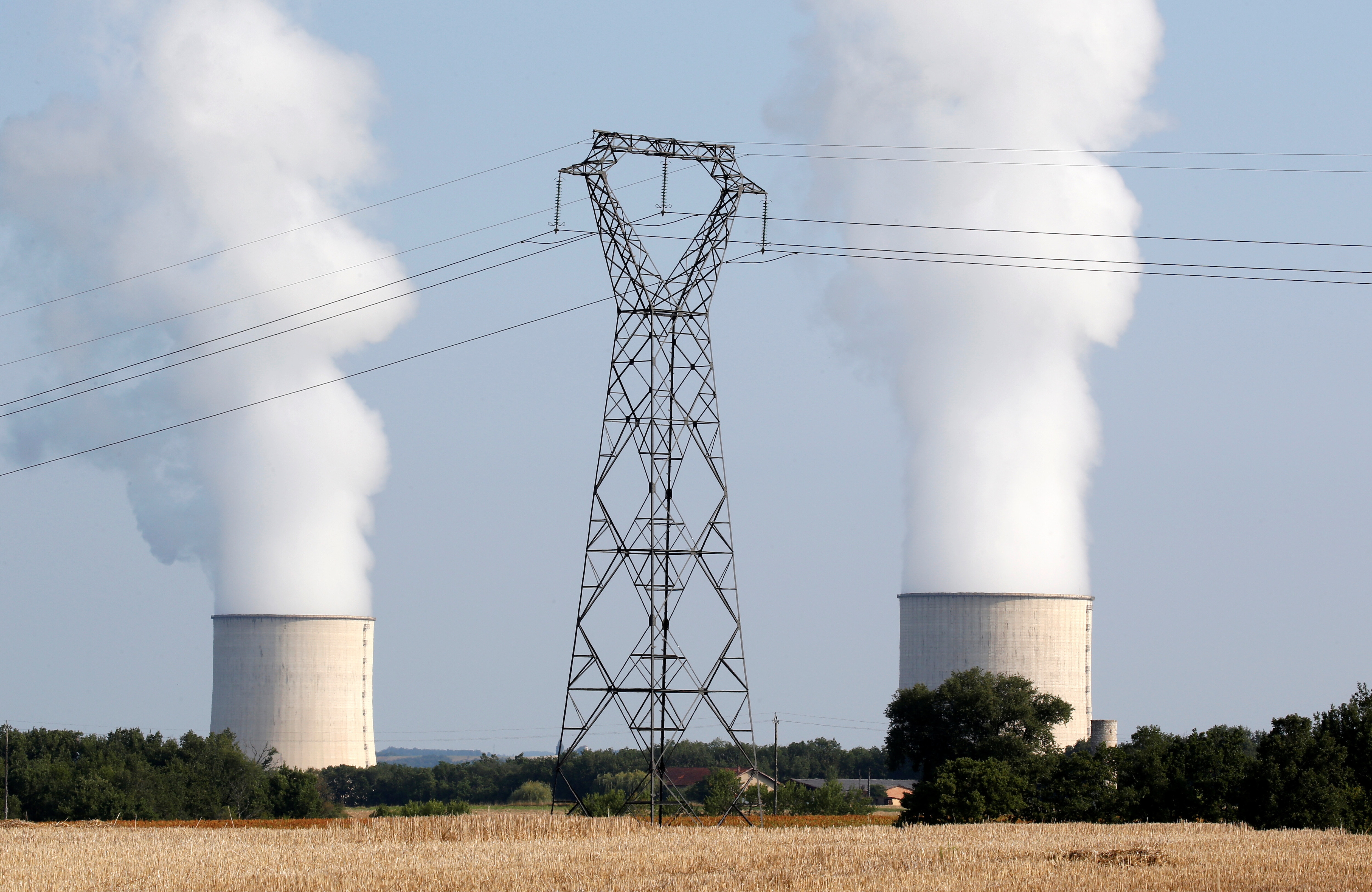Carbon retirement portfolio: a faster, fairer way to retire carbon-emitting assets

A carbon retirement portfolio can be designed to be attractive to sellers, buyers and government. Image: Zbynek Burival / Unsplash
Brad Handler
Researcher and Program Lead, Sustainable Finance Lab, Payne Institute for Public Policy, Colorado School of MinesListen to the article
- Carbon retirement portfolios are a potential solution to the problem of retiring CO2-emitting assets.
- They can benefit sellers, buyers and governments, while accelerating cuts in emissions.
- Here's how they could work – and five areas for stakeholders to consider.
New financial instruments are being designed and brought into the fight against climate change. One such potential instrument is the 'carbon retirement portfolio' (CRP).
Here's how they could work. A CRP would buy a collection of carbon-emitting assets, including oil and gas (O&G) producing wells and coal-fired power plants (coal plants), with the commitment to retire them more quickly than their business-as-usual case and with incentives in place to lower greenhouse gas (GHG) emissions while the assets are still operating. Thus, CRPs can be a vehicle to accelerate a country or region’s reduction of its GHG emissions.
Designing a carbon retirement portfolio
A carbon retirement portfolio can be designed to be attractive to sellers, buyers and government.
For sellers, the carbon retirement portfolio expands the opportunities to sell assets and (provide funds to) reposition the seller’s portfolio to cleaner energy. Further, the seller gets to free itself of its site remediation obligations, including, plausibly, the risk in conventional transactions that prior owners can be 'looked to' if the buyer cannot meet its plug and abandonment (P&A - permanently blocking off an oil or gas well) and/or remediation obligations.
For investors, a carbon retirement portfolio creates portfolio(s) of opportunities to invest significant amounts of capital directly in CO2/methane reduction — plausibly with different end-market and risk/reward characteristics to suit investors’ interests. In other words, these institutional investors could add different types of exposure to green/transitional investments in their portfolios/offerings to clients. That exposure is likely to be heavily debt-based but can include 'kickers' – for example, from project execution of coal plant decommissioning and site remediation and, plausibly, from the sale of the property. Notably, these investors are not committing to ongoing investment in replacement (renewable) energy, as that falls outside of the scope of the CRP.
Finally, for the government, beyond encouraging GHG reductions, a carbon retirement portfolio has several benefits. It can be one more tool that places a cost on carbon; it creates opportunities to set best practice standards for the end of an asset’s life (such as plugging and abandoning a well), and it institutionalizes funding for a just transition to help the workers and communities impacted by retiring these assets.
It is expected that the carbon retirement portfolio — or rather its investors — would be able to benefit from government or market-based financial support. This support could take the form of a 'carbon avoidance bonus' of a fixed dollar per ton of avoided CO2 (or equivalent) when it shuts down an O&G well or coal plant 'early' and lowers GHG emissions while the assets are still in operation. Support, however, could also come in other forms, including concessional finance mechanisms such as loan guarantees to lower the cost of borrowing. (As the emitting assets, such as coal plants and O&G wells, are very different, there likely needs to be different concessional or policy/legislative support for each.) In whatever form, this support would (help) offset the lost present value of retiring the assets early and help pay for GHG mitigation investments during the remaining operating period.
Analysis of a typical O&G well in the Bakken field, North Dakota, US, suggests that a carbon avoidance bonus of $40-$45/ton of CO2 equivalent can offset the lost present value of retiring the well after it has produced for only eight years versus a business-as-usual case of 40 years (see figure below). The economic analysis for a transaction involves calculating the lost present value from:
1. Retiring the well/field early, including the additional preset value impact of P&A and site remediation costs being spent earlier, versus an assumed business-as-usual case.
2. Incurring additional costs to implement emissions management best practices during the wells’ lives.

For a more detailed review of this illustrative analysis, please see the Payne Institute's comment on this topic.
There are several areas to consider further if carbon retirement portfolios are to be realized. First, there must be a broad scope of analysis to help determine a 'reasonable' carbon avoidance bonus – that is, one that is high enough to include enough assets and yet not too high to make it less politically palatable. It should also not penalize operators that have already invested in emissions mitigation
Second, there must be consideration of the risk assumed by the carbon retirement portfolio. A key example is a responsibility for the acquisition of the producing assets; in other words, does the CRP underwrite the acquisition of an asset and then find investors, or do the investors fund each acquisition?
Third, the responsibilities of the CRP through the life of an asset must be determined. As a starting point, it appears important that the carbon retirement portfolio has the administrative capacity in place to perform due diligence, measure emissions, provide engineering and project management support, etc, manage operations and assist investors in assessing, managing, and reporting on their investments.
Fourth, the notion of portfolios merits further study. As envisioned, any carbon-emitting asset that can be retired to avoid CO2 emissions can be eligible and the CRP is premised on the opportunity for an institutional investor to invest in a portfolio of such assets. Yet determining what is practical — how many and how many types of assets a CRP can reasonably and efficiently manage — will inform decisions as to how many different portfolios can be constructed out of one carbon retirement portfolio.
Fifth, procedures for verification of the avoided carbon must be established. In principle this is straightforward — for example, both the coal plants and oil and gas wells have a combination of operating history, understanding of geological dynamics (such as production 'type curves' for oil wells) and well-established economic analysis used to support investment decisions.
Don't miss any update on this topic
Create a free account and access your personalized content collection with our latest publications and analyses.
License and Republishing
World Economic Forum articles may be republished in accordance with the Creative Commons Attribution-NonCommercial-NoDerivatives 4.0 International Public License, and in accordance with our Terms of Use.
The views expressed in this article are those of the author alone and not the World Economic Forum.
Stay up to date:
Decarbonizing Energy
Related topics:
Forum Stories newsletter
Bringing you weekly curated insights and analysis on the global issues that matter.
More on Climate Action and Waste Reduction See all
Nasim Pour, Christin Martens, Laia Barbarà, Barbara Buchner and Vikram Widge
December 17, 2025









